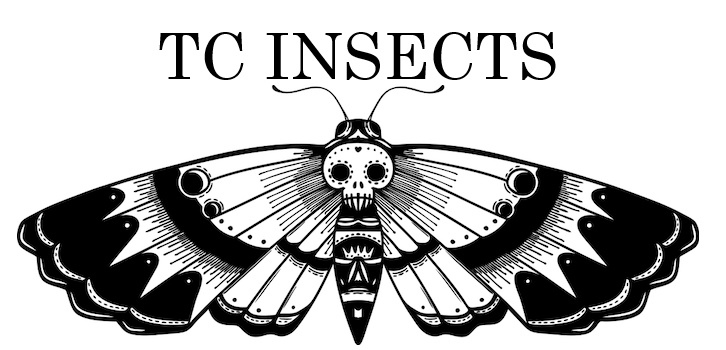Old World and New World tarantulas are two different groups of tarantulas that are distinguished by a number of features. The most obvious difference is their geographic location. Old World tarantulas are native to Africa, Asia, and Australia, while New World tarantulas are native to the Americas.
Here is a table summarizing the key differences between New World and Old World tarantulas:
| Feature | New World Tarantulas | Old World Tarantulas |
|---|---|---|
| Urticating hairs | Present | Absent or less pronounced |
| Venom | Less potent | More potent |
| Behavior | Docile | More aggressive |
| Size | Wide range of Sized | Larger on average |
| Habitat | Forests, grasslands, deserts | Forests, grasslands, deserts, urban areas |
| Geographic location | Americas | Africa, Asia, Australia |
New World Tarantulas
New World tarantulas are a group of tarantulas that are native to the Americas. They are distinguished from Old World tarantulas by a number of features, including:
Urticating hairs: New World tarantulas have a dense covering of urticating hairs on their abdomen. These hairs are barbed and can be easily dislodged when the spider is disturbed. When the hairs come into contact with skin, they can cause irritation and inflammation.
Venom: The venom of New World tarantulas is typically less potent than the venom of Old World tarantulas. However, it can still cause pain and swelling, and in some cases, it can lead to more serious complications.
Behavior: New World tarantulas are generally docile and reluctant to bite. However, they can be defensive if they feel threatened. When threatened, they may kick their urticating hairs or bite.
New World tarantulas come in a wide variety of sizes, from the tiny Mexican Fireleg (Brachypelma smithi) with a legspan of only 2 inches, to the giant Goliath Birdeater (Theraphosa blondi) with a legspan of up to 12 inches. They are found in a variety of habitats, including forests, grasslands, and deserts.
New World tarantulas are popular pets among arachnophiles. They are relatively easy to care for and can live for many years. However, it is important to remember that they are still spiders and can be dangerous if not handled properly.
Old World Tarantulas
Old world tarantulas are a group of tarantulas that are native to Africa, Asia, and Australia. They are distinguished from New World tarantulas by a number of features, including:
- Lack of urticating hairs: Old world tarantulas do not have urticating hairs, while New World tarantulas do. Urticating hairs are barbed hairs that can be easily dislodged when the spider is disturbed. When the hairs come into contact with skin, they can cause irritation and inflammation.
- More potent venom: The venom of Old World tarantulas is typically more potent than the venom of New World tarantulas. However, the venom of both Old World and New World tarantulas is not considered to be medically significant to humans. In most cases, a bite from a tarantula will only cause pain and swelling. However, in rare cases, a bite from a tarantula can cause more serious complications, such as an allergic reaction or infection.
- More aggressive: Old world tarantulas are generally more aggressive than New World tarantulas. This is likely due to the fact that Old World tarantulas live in areas with more predators. As a result, they have evolved to be more defensive and to respond more quickly to threats. New World tarantulas, on the other hand, are generally more docile. This is likely due to the fact that they live in areas with fewer predators. As a result, they have evolved to be less defensive and to be more tolerant of handling.
- Larger on average: Old World tarantulas are typically larger than New World tarantulas. This is likely due to the fact that Old World tarantulas live in areas with colder climates. As a result, they have evolved to be larger in order to conserve heat. New World tarantulas, on the other hand, live in areas with warmer climates. As a result, they have evolved to be smaller.
If you would like to find Tarantulas for sale, we highly recommend shopping with TC INSECTS. Here is the Link: - https://tcinsects.com/buy-spiders-and-tarantulas-for-sale/




